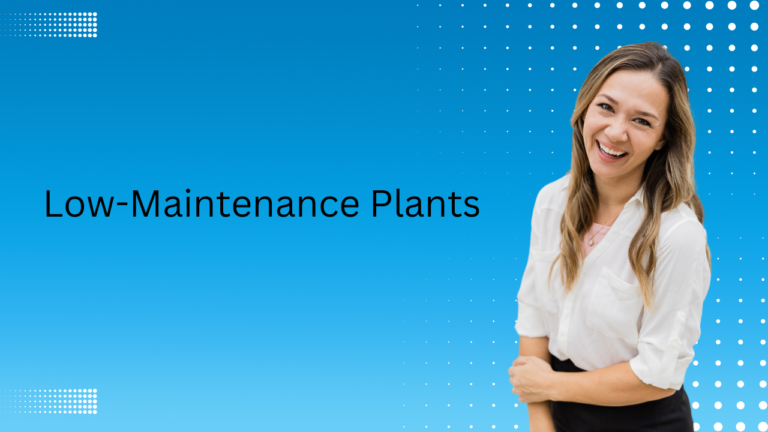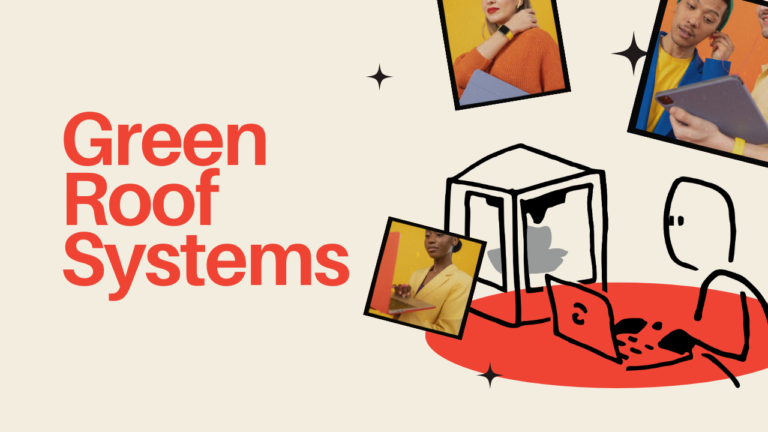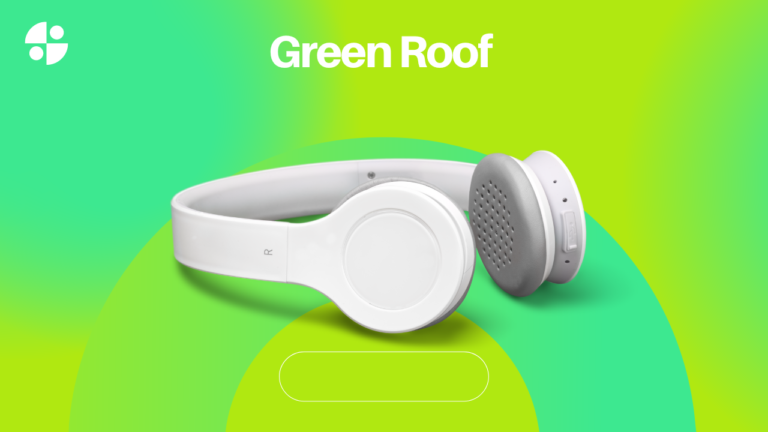Green Roofs and Rainwater Management in Urban Areas: Enhancing Urban Resilience
In the face of increasing urbanization and climate change, green roofs and rainwater management in urban areas have emerged as critical solutions for enhancing urban resilience. Green roofs not only provide aesthetic and environmental benefits but also play a crucial role in managing rainwater and reducing the burden on urban drainage systems. This article delves into how green roofs contribute to effective rainwater management, their benefits, and practical considerations for implementation.
The Role of Green Roofs in Rainwater Management
Understanding green roofs and rainwater management in urban areas involves examining how these innovative systems address the challenges of stormwater runoff and urban flooding.
How Green Roofs Manage Rainwater
Green roofs and rainwater management in urban areas work together to address several key issues related to stormwater:
- Absorption and Retention: Green roofs absorb and retain rainwater through their vegetation and growing medium. This helps reduce the volume of runoff entering urban drainage systems.
- Evapotranspiration: Plants on green roofs release water back into the atmosphere through a process called evapotranspiration. This not only helps reduce runoff but also contributes to cooling the surrounding environment.
Reducing Stormwater Runoff
One of the primary benefits of green roofs in urban areas is their ability to mitigate stormwater runoff:
- Peak Flow Reduction: Green roofs can delay the peak flow of stormwater, reducing the risk of flash floods and easing the burden on urban drainage systems.
- Volume Control: By capturing and holding rainwater, green roofs help decrease the overall volume of runoff, which can improve water quality and reduce the risk of sewer overflows.
Benefits of Green Roofs for Rainwater Management
Exploring the benefits of green roofs and rainwater management in urban areas reveals how these systems contribute to a more sustainable urban environment.
1. Mitigating Urban Flooding
Green roofs help manage rainwater in a way that reduces the risk of urban flooding:
- Flood Risk Reduction: By absorbing and slowing down rainwater, green roofs can lower the likelihood of surface flooding, which is increasingly important in densely populated urban areas.
- Enhanced Drainage: Green roofs improve the efficiency of urban drainage systems by reducing the volume and intensity of runoff.
2. Improving Water Quality
Effective rainwater management through green roofs can lead to improved water quality:
- Pollutant Filtration: Green roofs can filter pollutants from rainwater as it passes through the vegetation and growing medium. This helps reduce the amount of pollutants entering waterways.
- Reduced Erosion: By managing runoff and preventing soil erosion, green roofs contribute to healthier urban water systems.
3. Enhancing Urban Green Spaces
Green roofs contribute to urban green space, which has several environmental and social benefits:
- Green Infrastructure: Green roofs add to the overall green infrastructure in cities, providing not only rainwater management but also recreational and aesthetic benefits.
- Urban Cooling: By cooling the surrounding area through evapotranspiration and shading, green roofs help mitigate the urban heat island effect.
Design Considerations for Green Roofs and Rainwater Management
To maximize the effectiveness of green roofs and rainwater management in urban areas, careful design and planning are essential.
1. Selecting the Right Green Roof System
Choosing the appropriate green roof system is crucial for effective rainwater management:
- Extensive Green Roofs: These systems are suitable for managing moderate amounts of rainwater and are often more cost-effective. They are ideal for urban areas where space and weight constraints are a concern.
- Intensive Green Roofs: For areas with more significant rainwater management needs, intensive green roofs can handle larger volumes of water and support more complex vegetation.
2. Implementing Effective Drainage Systems
Proper drainage design is key to ensuring that green roofs effectively manage rainwater:
- Drainage Layers: Incorporate drainage layers in the green roof system to facilitate the movement of excess water and prevent waterlogging.
- Overflow Systems: Include overflow systems to manage excess rainwater during heavy storms and prevent damage to the roof structure.
3. Maintenance and Monitoring
Regular maintenance and monitoring are vital for sustaining the rainwater management benefits of green roofs:
- Routine Inspections: Conduct regular inspections to ensure the green roof is functioning properly and to address any issues such as clogged drains or damaged vegetation.
- Seasonal Adjustments: Make seasonal adjustments to the green roof, such as plant care and irrigation management, to ensure optimal performance throughout the year.
Final Thoughts
Green roofs and rainwater management in urban areas offer a sustainable solution for addressing stormwater runoff and urban flooding challenges. By incorporating green roofs, cities can enhance their resilience to climate change, improve water quality, and create additional green spaces. Careful planning and maintenance are essential to maximizing the benefits of green roofs, making them a valuable component of urban infrastructure.
FAQs
1. How much rainwater can a green roof absorb?
- Green roofs can absorb and retain a significant amount of rainwater, with the exact capacity depending on factors such as the depth of the growing medium and the type of vegetation used.
2. Can green roofs prevent urban flooding?
- Green roofs help mitigate urban flooding by reducing the volume and intensity of runoff, although they are most effective when combined with other stormwater management strategies.
3. What are the maintenance requirements for green roofs?
- Green roofs require regular maintenance, including inspections, plant care, and management of the drainage system to ensure they continue to function effectively.
4. Are there specific design considerations for green roofs in areas with heavy rainfall?
- In areas with heavy rainfall, it is important to incorporate effective drainage systems and choose a green roof system that can handle larger volumes of water, such as intensive green roofs.
5. How do green roofs improve water quality?
- Green roofs filter pollutants from rainwater as it passes through the vegetation and growing medium, reducing the amount of pollutants that enter urban waterways.





